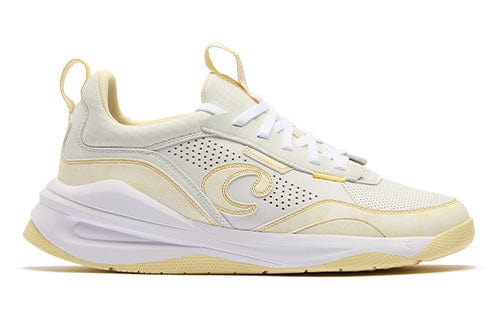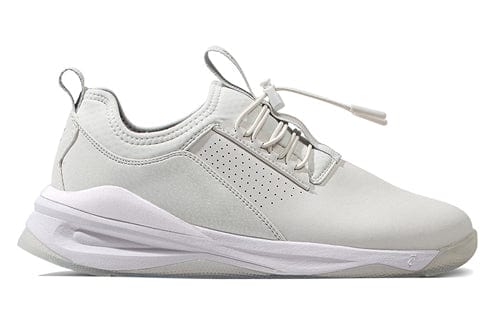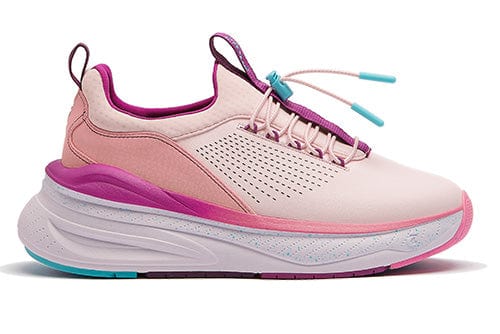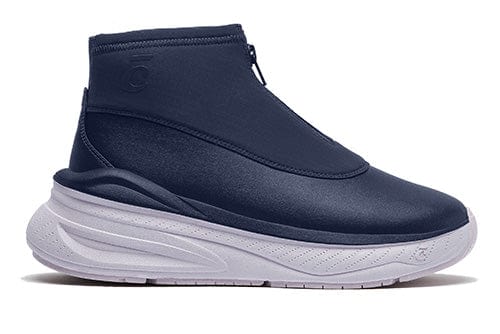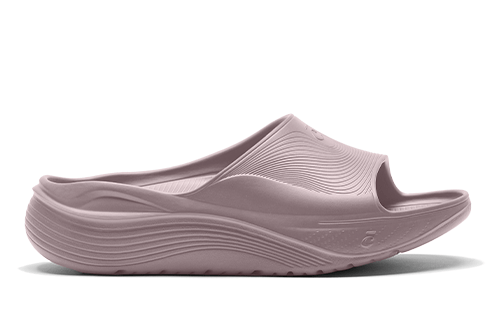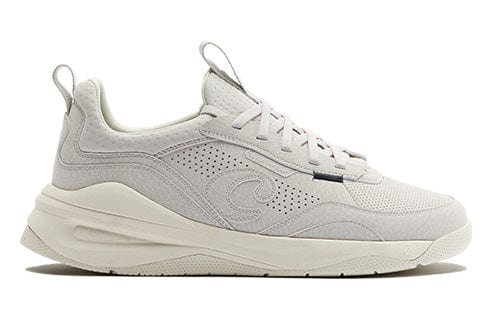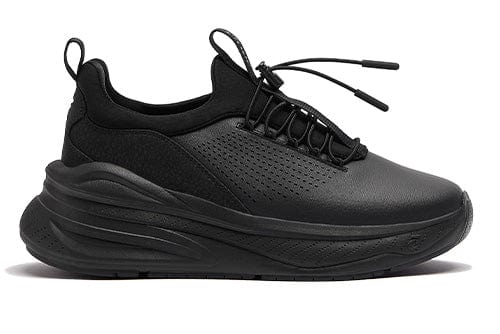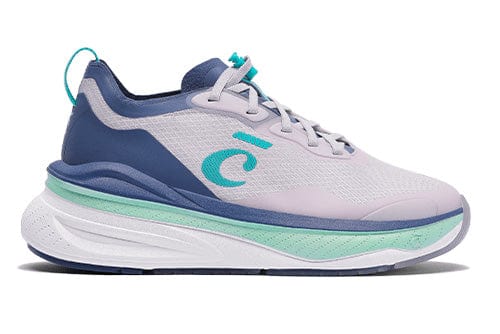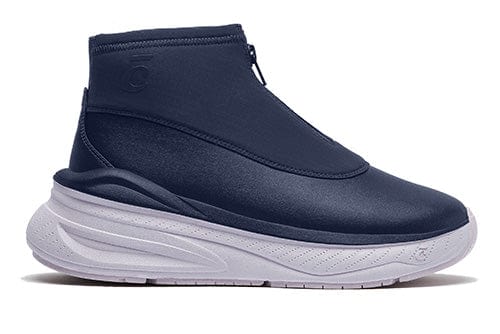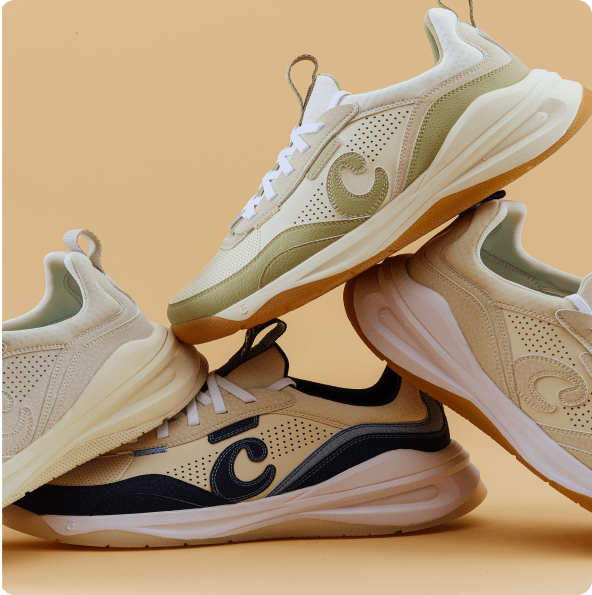Tips for Sore Feet Relief
In the relentless pace of today’s world, our feet endure a marathon every day. This constant pressure raises an all-too-common query: “Why do the soles of my feet hurt?” It’s a question that doesn’t just echo through the halls of hospitals and clinics but touches anyone standing on their feet for extended periods. For those in healthcare and other professions where there is a need to be constantly on their feet, every step carries a little more importance as being worn out and sore from all the constant standing and movement can hurt performance.
This makes foot comfort not just a personal priority but a professional necessity, and it is something we at Clove are very familiar with as it is part of our commitment to design footwear that is comfortable and supportive and helps professionals be at their best. How much do we know about the importance of feet in a person’s daily dealings? Well, we don’t just create high-quality men’s footwear and women’s footwear, we also know a thing or two about how to treat sore feet as well.
Treating Sore Feet
To soothe sore feet effectively, it is important to understand the diverse causes that can lead to foot discomfort. From lifestyle factors like prolonged walking or wearing unsupportive shoes to medical conditions such as Achilles tendonitis or stress fractures, the range of reasons behind aching feet necessitates a comprehensive approach to care. By recognizing these causes, individuals can take proactive steps towards enhancing foot health, which in turn can positively impact both personal and professional aspects of life.
Learning how to get rid of foot aches requires more than just alleviating symptoms; it involves a holistic approach that promotes a deeper understanding and connection with the body's signals. This proactive stance on foot health empowers individuals to not only treat existing discomfort but also to prevent future issues by making informed choices regarding footwear, and activity levels, and seeking appropriate medical attention when needed.
1. Rest and Elevation
Benefits of Rest
Embracing rest is to embrace healing. Our bodies, like our minds, need downtime to recover and rejuvenate. Rest is a vital phase in the healing process, allowing tissues to repair and inflammation to decrease, and eventually subdue the heel pain or arch pain that comes with being on one's feet for hours on end. It is a practice that signifies self-care and respect for the body's needs, acknowledging the importance of downtime for recovery and rejuvenation.
Elevation Techniques
Elevation, on the other hand, serves as a physical and metaphorical uplift, offering a simple yet effective way to alleviate discomfort and expedite recovery. By leveraging gravity to reduce swelling, elevation becomes a powerful tool in healing. Additionally, elevating the body part not only aids in physical recovery but also provides a moment for reflection and relaxation, creating a space for healing within daily routines. This integration of elevation into daily practices highlights the direct link between self-care activities like elevation and their positive impact on overall well-being.
2. Ice and Heat Therapy
Ice Application
The chill of ice therapy, while momentarily startling, is a deliberate step towards soothing inflamed tissues and dulling pain. Also known as cryotherapy, it is a valuable method for soothing inflamed tissues and alleviating pain by constricting blood vessels and reducing blood flow to affected areas, thereby decreasing swelling. The application of ice requires a careful balance, understanding when to apply it and when to allow the skin to rest, highlighting the importance of balance in self-care practices. Regular use of ice therapy can provide significant relief, serving as a cold compress to counteract the strains of physical activity.
Heat Therapy
In contrast to the application of ice, the use of heat therapy offers a warm and inviting approach to relaxation and healing. Heat therapy acknowledges the ability of warmth to penetrate deeply, alleviating muscle stiffness and promoting the softening of sore areas. This form of therapy not only focuses on physical relief but also creates a tranquil moment where warmth envelops the senses, fostering relaxation that extends beyond the physical realm to impact mental and emotional well-being. Heat therapy serves as a comforting and soothing method that goes beyond mere physical benefits, emphasizing the holistic nature of healing and the interconnectedness of physical, mental, and emotional health.
3. Massage and Stretching
Foot Massage
A foot massage is not just an act of relief; it is an exploration and a journey that involves attentively navigating through each curve and crevice of the foot. During a foot massage, one can discover areas of tension and delicately address them, promoting relaxation, pain relief, and overall well-being. This practice allows for a profound connection with the body, enabling individuals to tune into their physical sensations and provide care where it is needed most.
Stretching Exercises
Stretching tired feet sets the stage for a day filled with comfort, ease, and agility. It is a natural and instinctive movement towards balance and rejuvenation. By incorporating foot stretches into daily routines, individuals can enhance flexibility, improve circulation, and promote overall foot health. This simple yet powerful act of stretching the feet prepares them for a day of activity, ensuring a stride that is comfortable, agile, and free from unnecessary tension or discomfort.
4. Proper Footwear
Choosing the Right Shoes
Footwear plays a key role in addressing foot soreness by providing support, cushioning, and proper alignment to alleviate pain and discomfort. Ill-fitting shoes, such as those that are too tight or excessively loose, can contribute to foot problems like bunions, hammertoes, and blisters. High-heeled shoes can strain the feet and lead to issues like shortened tendons, bunions, and pinched nerves. On the other hand, flat shoes without adequate support can also cause foot pain by increasing strain on the balls and heels of the feet. Choosing supportive shoes that fit well, offer arch support, and have cushioning can help prevent and alleviate foot pain. This might mean looking for features like extra cushioning, which can be found in our women’s and men's cushioned shoes. Additionally, wearing the right shoes for specific activities, such as golf shoes for golfing or walking/work shoes for standing and walking all day, can further support foot health and reduce the risk of pain.
Insoles
Insoles are beneficial in addressing sore feet by providing support, cushioning, and alignment to help alleviate chronic pain and discomfort. Clove Ortholite insoles, known for their superior comfort and support, can help distribute pressure evenly, reduce strain on the feet, and improve overall foot mechanics. Additionally, insoles can offer arch support, shock absorption, and stability, which are essential for relieving soreness caused by various factors like prolonged standing, improper footwear, or certain medical conditions. By wearing insoles designed for foot health, we can enhance comfort, reduce fatigue, and promote better foot alignment, ultimately aiding in the relief of achy feet and even knee and back pain.
5. Foot Soaks and Baths
Epsom Salt Soaks
Epsom salt foot soaks are a popular method for soothing sore feet and promoting relaxation and recovery. The combination of Epsom salt and warm water creates a therapeutic environment that acts as a sanctuary for healing. Each particle of salt seems to carry away stress and strain, providing a transformative experience that revitalizes tired and sore feet, leaving them refreshed and rejuvenated.
Warm and Cold Water Baths for Foot Pain Relief
Soaking sore feet in warm water is beneficial for relaxation and can help stimulate blood circulation, promoting a sense of tranquility and aiding in falling asleep more easily. On the other hand, soaking sore feet in cold water is recommended for reducing inflammation and swelling, especially after prolonged standing or walking. Cold therapy is effective for acute injuries and pain, while heat therapy is more suitable for chronic conditions to improve circulation, relax muscles, and promote healing. Warm water baths for sore feet offer a gentle and nurturing experience, providing not only physical relief but also a holistic sense of tranquility that nurtures the body, calms the mind, and uplifts the spirit.
The path to relieving sore feet is a journey of understanding, attentiveness, and intentional care. It’s a process that Clove is committed to supporting by offering footwear that doesn’t just protect and serve but also educates and empowers. As we navigate the demands of our days, whether in healthcare or any field that keeps us on our feet, remembering to care for the foundation that carries us is paramount. With the right knowledge, practices, and support, walking through life can be a journey marked by comfort and empowerment, free from the constraints of foot pain.
Sources:
- Healthline. What Are the Benefits of Elevating Your Legs. https://www.healthline.com/health/elevating-legs
- Ice Down. Plantar Fasciitis Treatment | Ice Wraps to Relieve Foot Pain. https://www.icedown.com/Articles.asp?ID=311
- Healthline. Treating Pain with Heat and Cold. https://www.healthline.com/health/chronic-pain/treating-pain-with-heat-and-cold
- Medical News Today. Best stretches and exercises for healthy feet. https://www.medicalnewstoday.com/articles/320964
- Very Well Health. Epsom Salt for Feet: Relief, Bath Recipe, Safety Tips. https://www.verywellhealth.com/epsom-salt-for-feet-5218147
- Medical News Today. DIY foot soaks for dry skin, pain, relaxation, and more. https://www.medicalnewstoday.com/articles/diy-foot-soak

